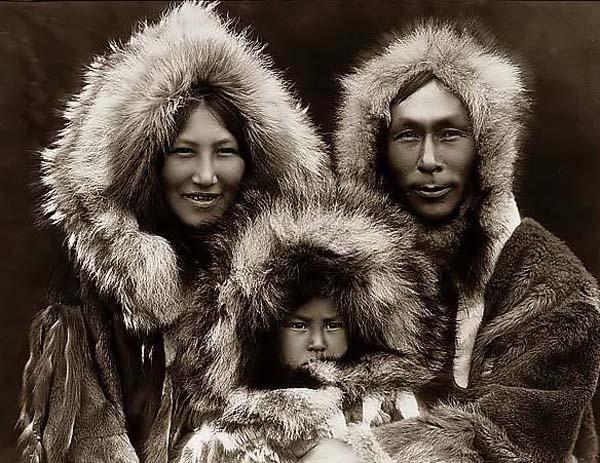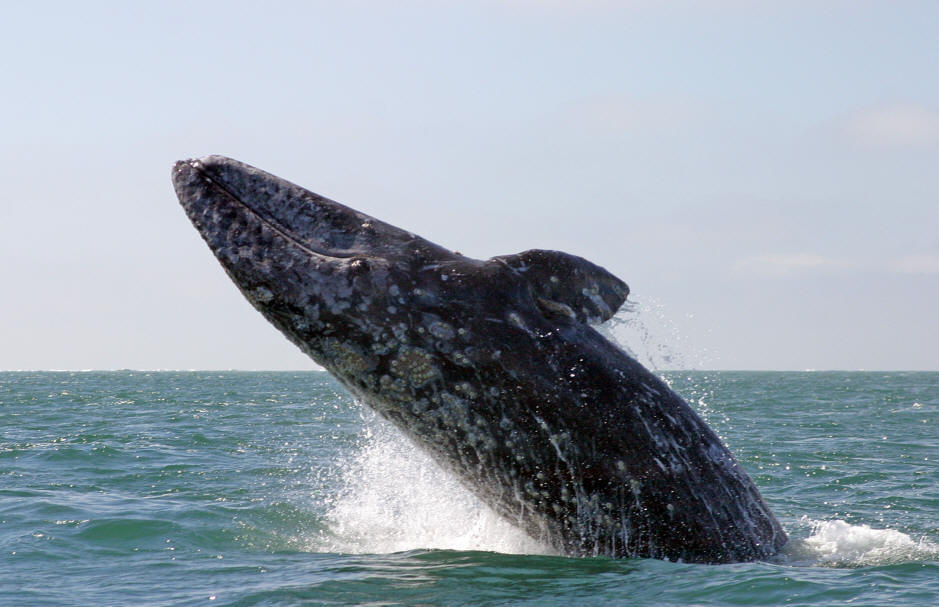This week
we have prepared ourselves for the mock-exam next week, and we have practiced
and tested different ways of taking notes. We also saw a film called “The 11th
hour”, which is a documentary about how humans have adapted or not adapted to
the environment, and how we are affecting the planet with our way of living.
First there is a short summary of the film, and then there is about the
different ways of taking notes, and what I think is the best way to learn from
a lecture.

The film “the
11th hour” is a documentary about our environment today and how it
will be if we continue to do as we do now. The film has collected several
scientists, authors, and other people with knowledge about this theme who are
talking about our environment, how humans have affected it, and the consequences
of how we are treating it today.
The film
starts with a lot of pictures and small clips from great nature disasters such
as the hurricane Katrina, and lots of other horrible disaster who has caused a
lot of damage to our society. I can´t say you get a nice, cozy feeling when you
watch the first part of the movie. As we see these clips from nature disasters
we listen to all these different people who talks about what the problem is,
and a lot about the consequences if we continue to burn so much coal and bring
so much oil from the sea. We are living in a waste society, where we are
trashing so much and not recycling it. The ice is melting around the polar
areas, and lots of animals such as the polar bears are threatened. Some of the
consequences will also be that the temperature will rise, and the ocean level
will also rise and drown a lot of countries in the future.
They also
speak a lot of what the main problem in this global warming of the planet is,
and they conclude that people have to change their way of thinking. We have to
be more cautious with our environment and our planet.
In the end
we can suddenly see a light in all this misery and we get some advanced
explanations of what we can do to save our environment. Some of the things I
understood were the solar panels we could possibly cover buildings with, and
windmills, and some other things.
So it was
very interesting to know some more about the global warming, and what can be
the consequences. The movie was quite advanced, and it was hard to understand a
lot of what they said, but I hope I have managed to make a short useful summary
here even though!

While we
were watching this movie we were separated in three groups, where one group
started writing notes on paper for the first twenty minutes, and the other
group started writing on their own computer notes, and the last group started
writing in a sharing document in class on their computers. Then we switched
after twenty minutes so everybody got to write notes in every way. I thought
the best way to take notes and to learn most from the lecture was to write on
my own notes. Writing on paper also worked out well, but it takes a lot more
time and is much more stressing. Writing on the shared document on Google-doc
was okay, but it was quite annoying when a lot of people started to write in
your notes while you were writing, and just wrote rubbish for fun. So writing
on my own notes worked best! I think you learn most from writing own notes on
either computer or paper, depending on what you prefer and in which way you
manage to concentrate best.




